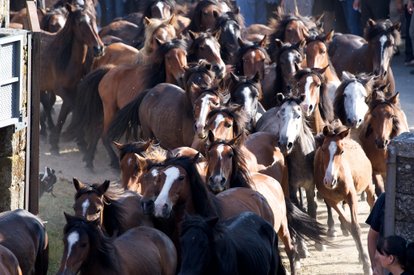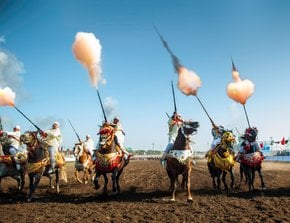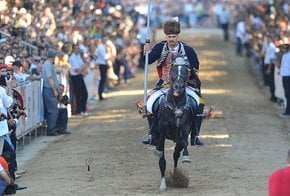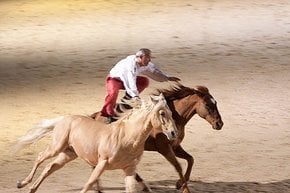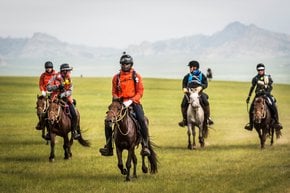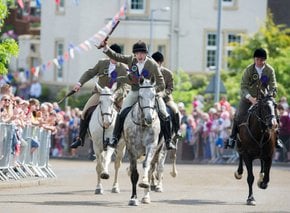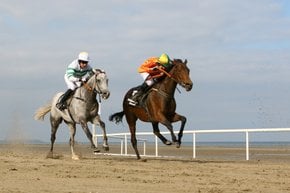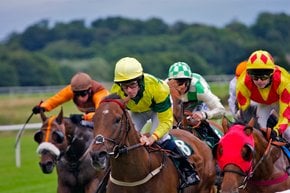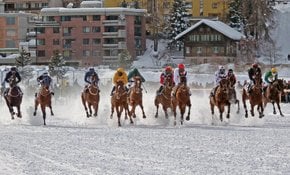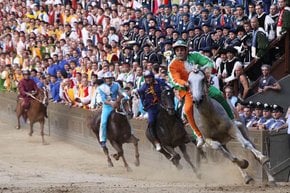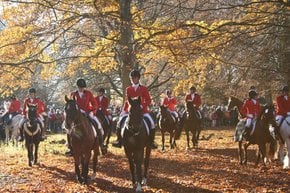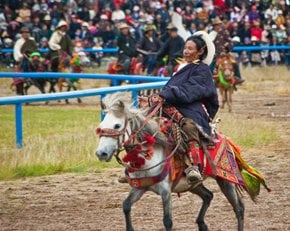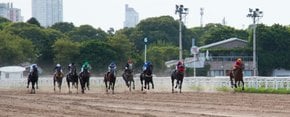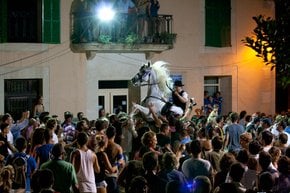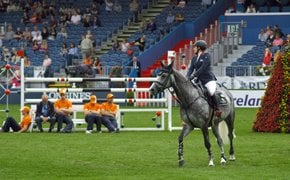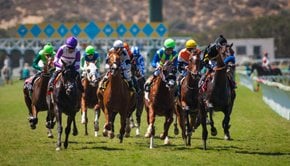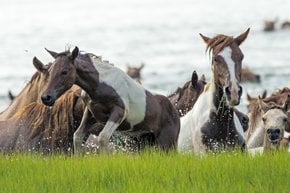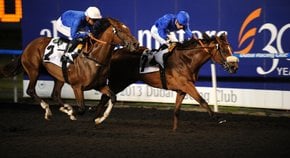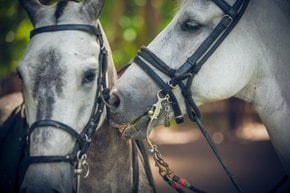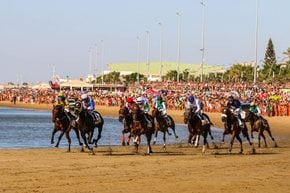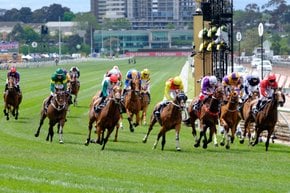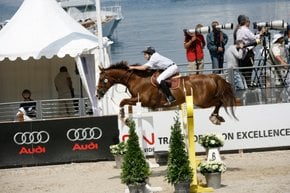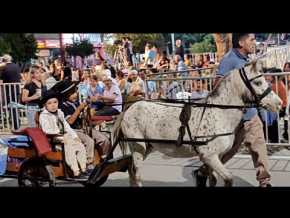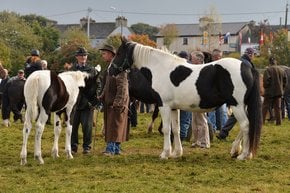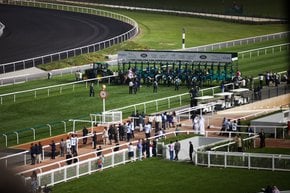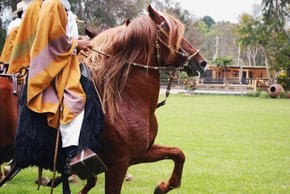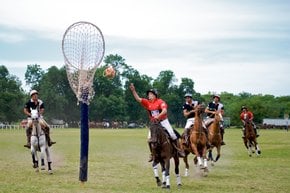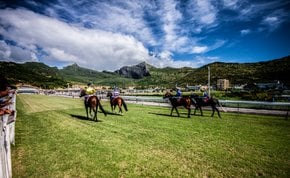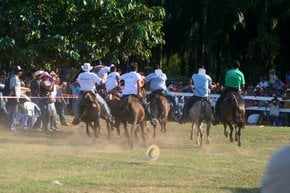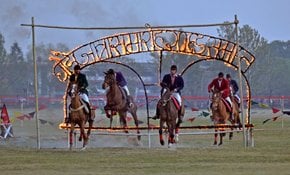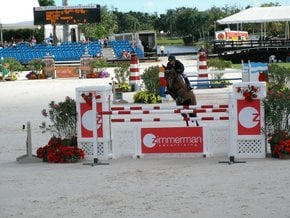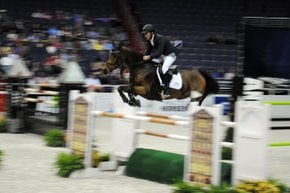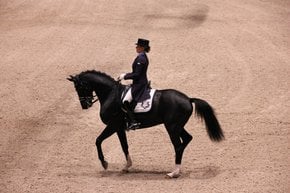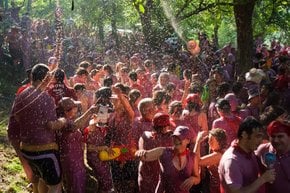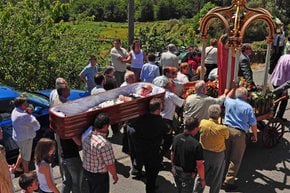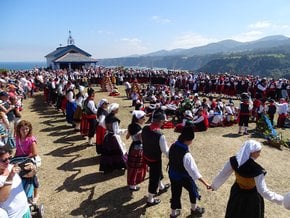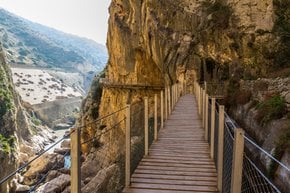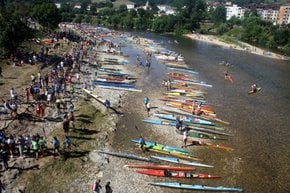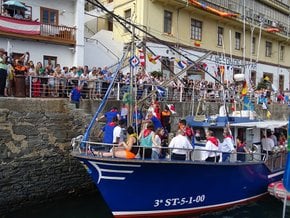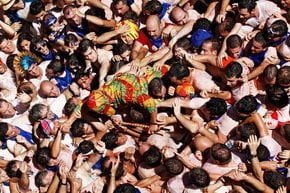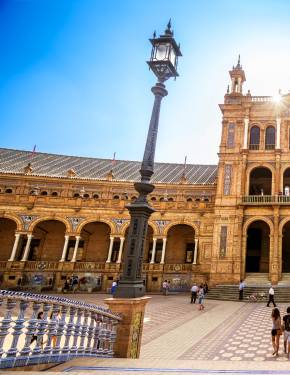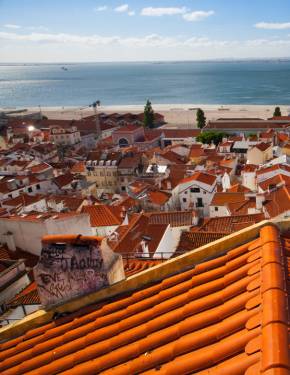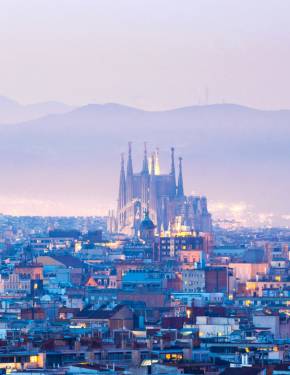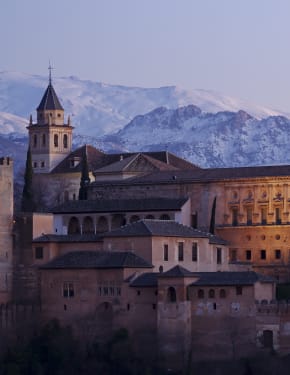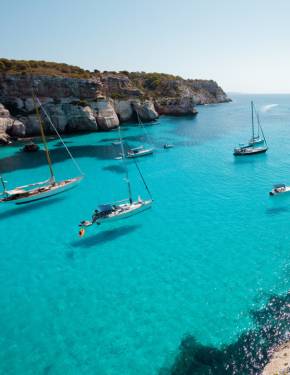Rapa das Bestas, Sabucedo 2024 in Spain
Come to Galicia to observe the unique wild mountain horses get rounded up, trimmed and marked
Dates: July 5–8, 2024
Rapa das Bestas, also known as the Capture of the Beasts, is a tradition observed in Galicia, Spain. It involves trimming the manes of semi-feral wild horses that roam freely in the mountains. These animals are gathered into a small arena where chaos unfolds as their manes are cut and they are branded. Sabucedo, a small town about 25 miles (40 km) from Santiago de Compostela, hosts the most popular event of this kind. Lasting three days, the festival draws thousands of visitors who witness the rounding up of hundreds of wild horses.
A Baixa
In Sabucedo, "A Baixa" marks the annual gathering of the wild horses from Montouto mountain, bringing them to Sabucedo for a three-day event. The day begins with the "Misa da alborada" after the lighting of palenque fires and bell ringing. Locals gather at the place known as O Celeiro before venturing into the mountains, guided by Sabucedo residents, to find the herds. Once gathered at O Peón, the horses are escorted to Sabucedo. The Rapa das Bestas Association encourages active participation in the gathering and driving of the horses, considering it a pivotal experience within the festival's context.
Rapa de Sabucedo
The most thrilling aspect of the Rapa de Sabucedo is undoubtedly the Curro, where horses are captured using a unique technique called "aloitar". Unlike other similar events in Galicia, no ropes or sticks are used; instead, the "alloitadores" rely solely on hand-to-hand combat. This strict code of action involves two "alloitadores" grabbing the horse's head and one grabbing the tail. The first "alligator" to secure the head mounts the horse while the others assist in immobilizing it. With skill and precision, they maneuver to "cross" the animal's jaw and neck, ultimately cutting its mane during the "esteiras" ceremony.
Music Celebrations
Folk groups also entertain the crowds as they eagerly await the arrival of the "bestas" in the Curro. Music is central to the pilgrimage, starting with traditional quartets on Saturday morning and continuing with the iconic sound of bagpipes during the "work" in the afternoon. The lively tunes of muñeiras, "jotas," and paso dobles fill the streets, adding to the festive atmosphere.
Entertainment
Rapa nights in the "Carballeira do Campo do Medio" are vibrant celebrations filled with music from orchestras and traditional groups until dawn. Bars and vendors offer a variety of drinks, from coffee liqueur to ribeiro, catering to everyone's tastes. Local musicians, including renowned names like Xosé Manuel Budiño and Roi Casal, grace the festival with performances of traditional Galician folk music.
Tickets
Adult tickets to the Rapa das Bestas are €15, and kids' tickets are €10. Kids aged four and under can enjoy free entry.
The Origins of the Capture of the Beasts
This festival is more than 400 years old and is a favorite local event. The legend surrounding the Rapa das Bestas festival in Sabucedo dates back to a great plague that struck the region. According to communal belief, two sisters offered their mares to the patron saint of the parish, San Lourenzo, in exchange for protection from the contagion. Taking refuge in a cabin during the plague, they fulfilled their promise once it subsided, leading to the multiplication of the mares in the nearby mountains. While there is limited historical documentation, place names and oral tradition support this narrative, which likely stems from plagues recorded since the 16th century.

